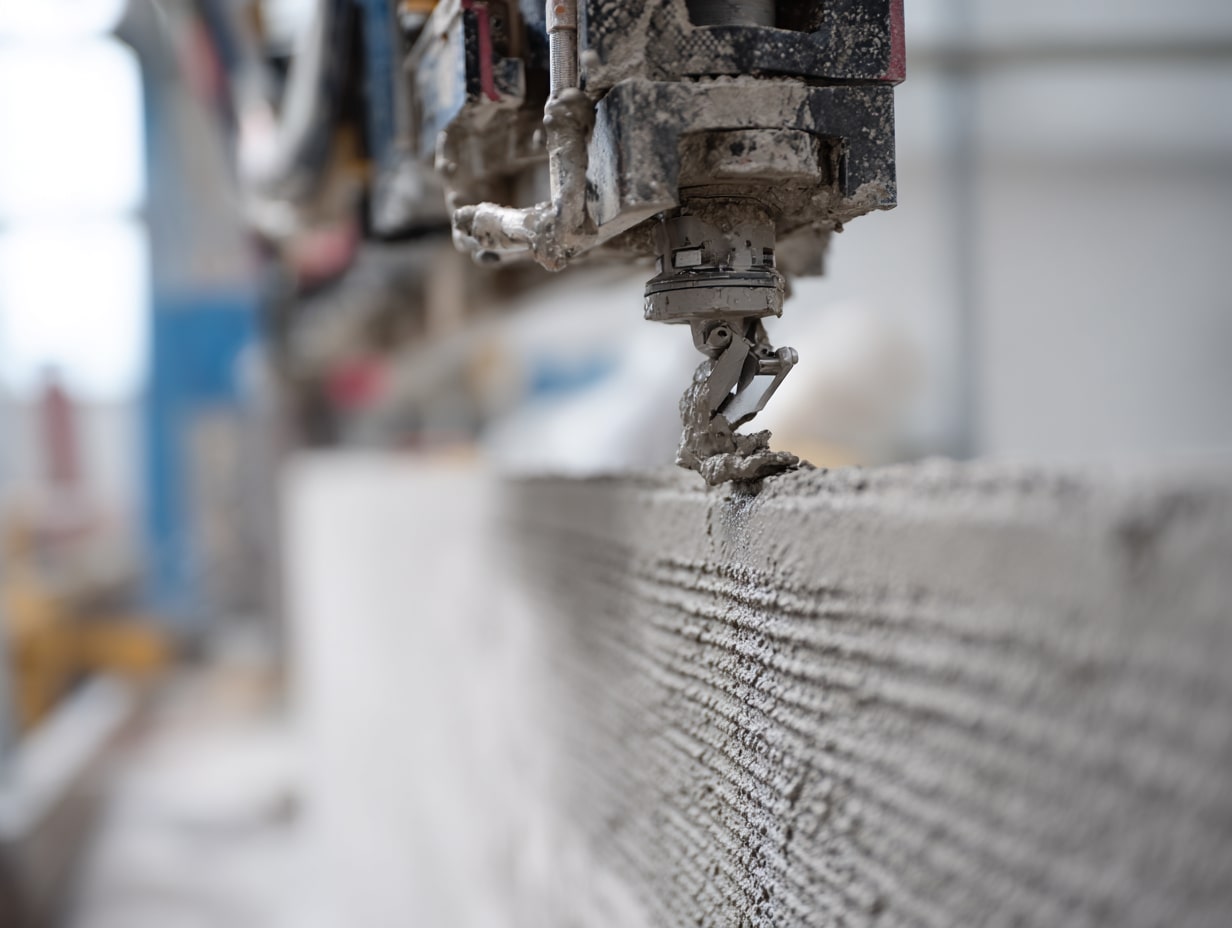- Home
- Articles
- Architectural Portfolio
- Architectral Presentation
- Inspirational Stories
- Architecture News
- Visualization
- BIM Industry
- Facade Design
- Parametric Design
- Career
- Landscape Architecture
- Construction
- Artificial Intelligence
- Sketching
- Design Softwares
- Diagrams
- Writing
- Architectural Tips
- Sustainability
- Courses
- Concept
- Technology
- History & Heritage
- Future of Architecture
- Guides & How-To
- Art & Culture
- Projects
- Interior Design
- Competitions
- Jobs
- Store
- Tools
- More
- Home
- Articles
- Architectural Portfolio
- Architectral Presentation
- Inspirational Stories
- Architecture News
- Visualization
- BIM Industry
- Facade Design
- Parametric Design
- Career
- Landscape Architecture
- Construction
- Artificial Intelligence
- Sketching
- Design Softwares
- Diagrams
- Writing
- Architectural Tips
- Sustainability
- Courses
- Concept
- Technology
- History & Heritage
- Future of Architecture
- Guides & How-To
- Art & Culture
- Projects
- Interior Design
- Competitions
- Jobs
- Store
- Tools
- More
How Smart Kitchens Are Changing Restaurant Design in 2025

The restaurant industry faces mounting pressure to balance speed, quality, and sustainability without sacrificing profitability. With customer expectations higher than ever, outdated kitchen setups can’t keep pace.
Smart technology has stepped in to bridge the gap. Connected appliances, AI-powered systems, and IoT tools are now redefining how commercial kitchens operate, boosting efficiency and reducing waste.
To illustrate how these innovations shape the future, this article examines the impact of smart kitchens on restaurant design in 2025.
Table of Contents
ToggleOptimized Layouts for IoT-Enabled Appliances
Kitchen design in 2025 looks different because appliances now talk to each other. Equipment, such as connected ovens, grills, and prep stations, relays real-time data to centralized systems.
That connectivity changes how spaces are planned. Zones once separated by function now merge around shared data flows and timing. For example, prep stations align closer to smart cooking units to minimize handoffs and reduce delays.
Architects now collaborate with tech consultants during the design process. Placement isn’t just about plumbing or power anymore. Signal range, software sync, and sensor integration shape the final layout.
Energy-Efficient Equipment Driving Sustainable Architecture
Vent hoods once dictated ceiling heights, but they no longer do. Smarter, cleaner cooking tools, including ventless fryers and induction tops, lead the design process.
As kitchens use less power and emit less heat, the surrounding architecture responds. Builders use lighter materials, reduce ductwork, and minimize the size of mechanical rooms. That cuts both energy use and construction costs.
LEED standards and local codes now lean into these efficiencies. Designers specify equipment with low idle energy rates, energy recovery systems, and built-in sensors to auto-adjust performance.
Flexible Designs to Support Robotic Food Preparation
Some restaurants in 2025 run with fewer human cooks during peak hours. Robotic arms handle repetitive tasks, such as flipping burgers or assembling bowls, and their presence is shifting how kitchens are designed.
Their operating radius and safety zones now factor into layout plans. Unlike human chefs, robots require predictable surfaces, unobstructed motion paths, and stable environmental conditions.
Brands like Miso Robotics and Hyphen are already working with architects to integrate automation zones into both retrofits and new builds. Counter heights, mount points, and drainage systems get tailored to machine needs.
State-of-the-Art Refrigeration Streamlining Food Storage
Cold storage systems have evolved to become smarter, and their role in the kitchen is now more strategic than passive. Data-driven units manage temperature fluctuations instantly, log energy patterns, and alert staff before issues arise.
One example is Turbo Air refrigeration, which integrates diagnostics, adaptive defrosting, and eco-friendly refrigerants. Models vary in configuration, allowing kitchens to scale cold storage without sacrificing space or compliance.
Unlike older walk-ins, which are often hidden behind service doors, smart refrigeration units are positioned closer to prep stations and service lines. Planners take airflow, data cabling, and user access into account from the start.

Real-Time Inventory Tracking Influencing Spatial Organization
Inventory management is now fully integrated into kitchen layouts. IoT sensors in storage bins, shelves, and containers monitor stock levels and automatically sync with ordering systems to prevent shortages or overstocking.
This level of tracking affects where supplies are stored. High-turnover items stay within arm’s reach of prep stations, while less frequently used ingredients shift to secondary storage zones.
Real-time data also impacts how storage areas are sized and connected. Narrower aisles, modular shelving, and space for mobile inventory carts are becoming common, aligning storage directly with live demand and operational flow.
Smaller Kitchen Footprints Due to Automation
Automation is shrinking the physical space kitchens require. Tasks like dishwashing, ingredient portioning, and order assembly are handled by compact, programmable machines that eliminate the need for oversized stations.
With fewer manual processes, restaurants reduce wasted square footage. Space once allocated to large prep areas or extra storage is now used for seating, delivery staging, or additional service lines.
Layouts are being rethought with efficiency in mind. Multi-functional equipment, wall-mounted systems, and movable units support smaller, streamlined footprints while still maintaining production capacity for high-volume operations.
Wrapping Up
Restaurants built around static workflows will struggle to stay relevant. Smart kitchens are already shaping how space, staff, and systems come together.
Those willing to treat the kitchen like a living platform, not just a back room, have a chance to lead. The next frontier isn’t just about technology but about designing with intelligence built into the walls.
illustrarch is your daily dose of architecture. Leading community designed for all lovers of illustration and #drawing.
Submit your architectural projects
Follow these steps for submission your project. Submission FormLatest Posts
How to Furnish Your New Home in 24 Hours (Without Picking Up a Screwdriver)
The keys have been handed over. The lease is signed. You are...
3D Printed Homes: Time, Cost, and What to Expect
3D printed homes explained: realistic timelines (24–72h walls, 8–16 weeks total), true...
How a Contact Centre Boosts Trust in Your Building Business
In construction, trust is the glue that holds projects together. Clients need...
How Real Time Parcel Geolocation Is Redefining Last Mile Efficiency for Modern Businesses
Last mile delivery has become the most critical point in the customer...












Leave a comment